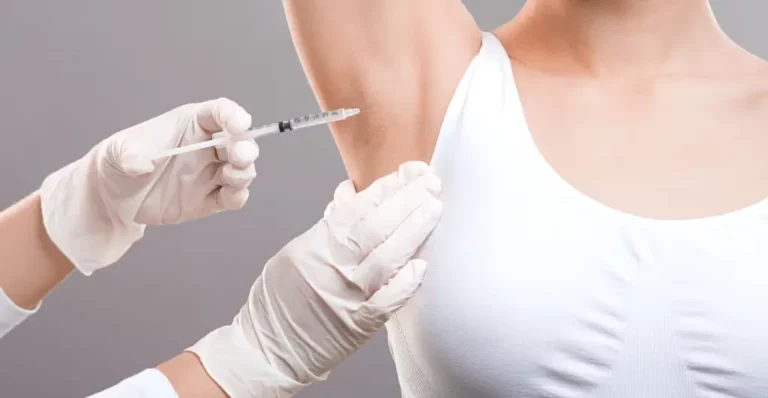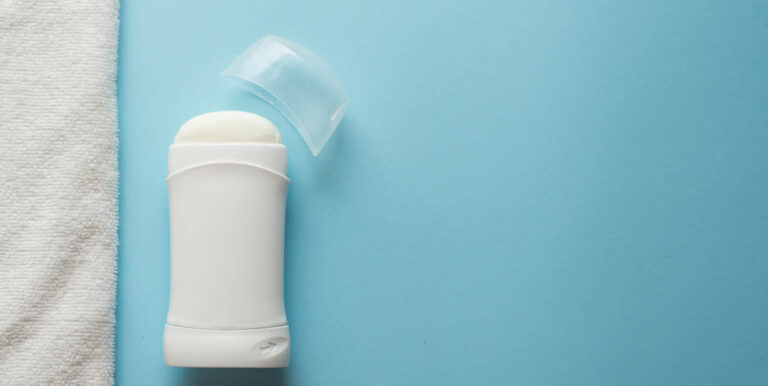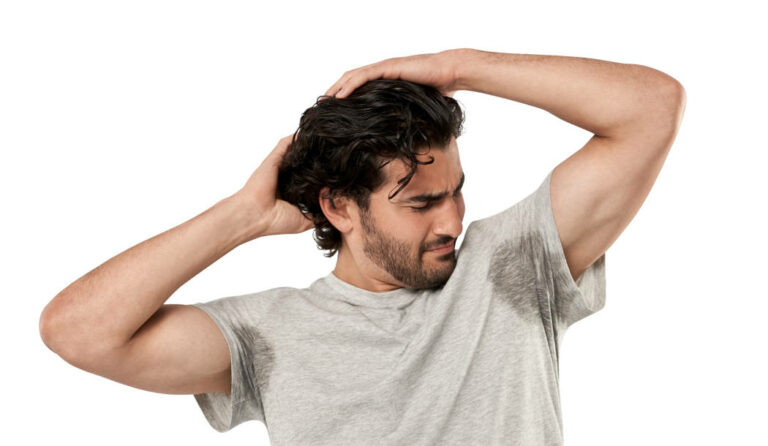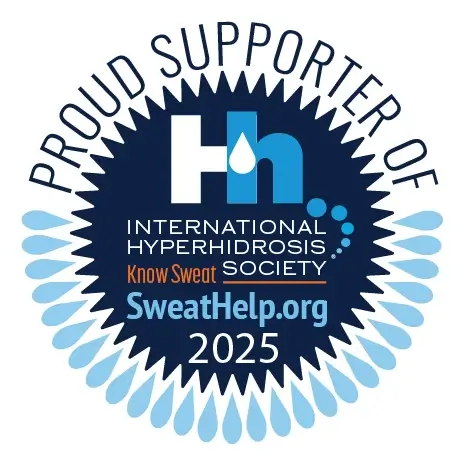Unmasking the Sweat Struggle: Guide to Hyperhidrosis
Sweating is a natural bodily function that helps regulate body temperature, but for those with hyperhidrosis, it can be an overwhelming and distressing issue. Hyperhidrosis is a medical condition characterized by excessive sweating beyond what is necessary for temperature regulation. If you or someone you know is struggling with hyperhidrosis, you’re not alone.
Understanding Hyperhidrosis
Hyperhidrosis can occur in specific areas of the body, known as focal hyperhidrosis, or it can affect the entire body, referred to as generalized hyperhidrosis. The most common areas of focal hyperhidrosis include the palms, soles of the feet, underarms, and face. This condition can lead to significant emotional and psychological distress, impacting self-esteem, interpersonal relationships, and overall quality of life.
The Impact on Daily Life
Living with hyperhidrosis can be challenging. Individuals with this condition often struggle with constant dampness, discomfort, and a fear of embarrassment due to visible sweat stains on clothing. Activities that most people take for granted, such as shaking hands, writing, or raising arms, can become sources of anxiety for those with hyperhidrosis. The psychological toll of hyperhidrosis should not be underestimated, as it can lead to isolation, social withdrawal, and even depression.
Exploring Treatment Options
The good news is that there are various treatment options available to manage hyperhidrosis and help individuals regain control of their lives. It’s essential to consult a medical professional to determine the most suitable treatment approach based on the severity and type of hyperhidrosis. Here are some common treatment options:
- Antiperspirants: Over-the-counter and prescription-strength antiperspirants containing aluminum chloride can be applied to the affected areas. These products help block sweat glands and reduce excessive sweating.
- Iontophoresis: This non-invasive treatment involves placing the affected areas in water while a low electrical current is applied. Iontophoresis helps to reduce sweat production and can be done at home with the guidance of a healthcare professional.
- Botulinum Toxin (Botox) Injections: Botox injections can temporarily block the signals that stimulate sweat glands. This treatment is particularly effective for focal hyperhidrosis in areas like the underarms, palms, and soles.
- Oral Medications: In some cases, doctors may prescribe oral medications, such as anticholinergics, to help reduce excessive sweating. However, these medications can have side effects and are generally used when other treatments have not been successful.
- Surgery: For severe cases of hyperhidrosis that do not respond to other treatments, surgical options such as sympathectomy (nerve surgery) can be considered. However, surgery is usually a last resort due to the potential risks and complications.
- Thermal Energy (miraDry): miraDry is a non-invasive and FDA-cleared procedure that uses thermal technology to target and permanently eliminate sweat glands in the underarm area. Once the sweat glands are destroyed, they do not come back. It is an outpatient procedure that takes about an hour to complete with little to no downtime. miraDry is clinically proven to have an average of 82% sweat reduction after 2 treatments.
- Lifestyle Changes: While not a direct treatment, making certain lifestyle adjustments can help manage hyperhidrosis. Wearing loose, breathable clothing, using absorbent materials, and practicing stress-reduction techniques can make a significant difference.
Conclusion
Hyperhidrosis can significantly impact an individual’s physical and emotional well-being. However, it’s important to remember that you’re not alone in this journey. Consulting a medical professional who specializes in hyperhidrosis is the first step toward finding an effective treatment plan. With the range of treatment options available, individuals can regain their confidence, take control of their lives, and embrace a sweat-free future. Remember, managing hyperhidrosis is not just about addressing the physical symptoms but also about nurturing mental and emotional well-being.
miraDry is a non-surgical, permanent solution to underarm sweat, odor and hair. In three steps, miraDry targets and destroys excessive sweat at its root. If you are interested in learning more or getting treated by miraDry, please visit our provider locator page to find a location near you! https://providers.miradry.com/
Disclaimer: The information included in this blog is for educational purposes only and is not intended to be a substitute for medical treatment by a healthcare professional.
Reference:
International Hyperhidrosis Society (2001, August 24). Home – International Hyperhidrosis Society | Official Site. https://www.sweathelp.org/
Lupin, M., Hc, H., & Kf, O. (2014). Long-term efficacy and quality of life assessment for treatment of axillary hyperhidrosis with a microwave device. PubMed, 40(7), 805–807. https://doi.org/10.1111/dsu.0000000000000041










